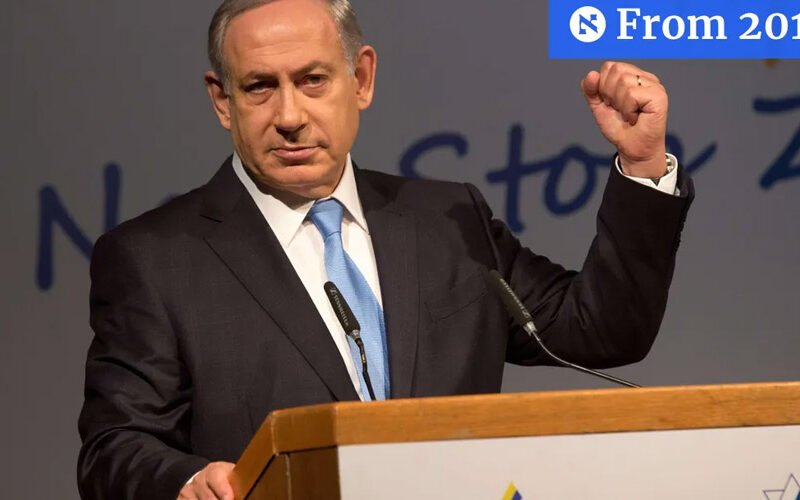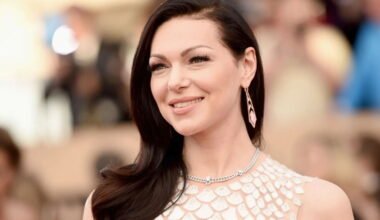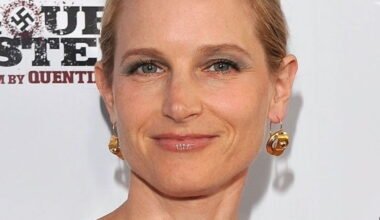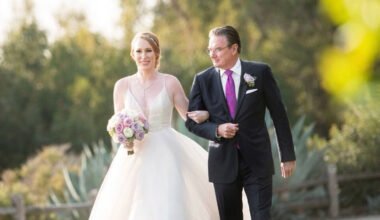Updated on: August 11, 2025
Basic Information
| Field | Details |
|---|---|
| Name | Nathan Mileikowsky |
| Born | 15 August 1879 — Kreva, Russian Empire |
| Died | 4 February 1935 — Jerusalem, Mandatory Palestine |
| Age at death | 55 years |
| Occupation | Rabbi, educator, Zionist activist, writer |
| Education | Volozhin Yeshiva (from around age 10) |
| Spouse | Sarah Lurie (also recorded as Liba Gitl) |
| Children | Nine (including Benzion Mileikowsky — later Benzion Netanyahu; Elisha Netanyahu; Saadia; Amos Milo; Miriam Margolin; Zacharia Milo; Ezra; Hovav) |
| Pseudonym | “Netanyahu” (used in published articles) |
| Burial | Mount of Olives Cemetery, Jerusalem |
| Notable honors | A square near Mount Herzl named for him; praised by Rabbi Abraham Isaac Kook |
I like to picture Nathan Mileikowsky in grainy sepia — a man who held Hebrew in his mouth like a rare coin, polishing it until it shone. Born on 15 August 1879 in Kreva, in what was then the Russian Empire, he went to the Volozhin Yeshiva at around age ten — the kind of school where evenings smelled of ink, paper, and serious argument. From that childhood onward, he broke a small but stubborn taboo: he preached in Hebrew. That detail is a thumbnail of who he was — not ostentatious, but quietly revolutionary.
Early Life and Education — numbers that matter
He entered Volozhin at approximately age 10 — so around 1889 — and carried that classical yeshiva education into a modernizing Jewish world. Speaking Hebrew at home was rare; in his family it was the rule. A single linguistic choice seems trivial until you imagine a household where the ancestral tongue becomes daily speech — a seedbed for a later national revival. Small behaviors become tectonic over time.
The Move to Palestine and Career (1920 onward)
1920 is a date that matters: Nathan immigrated to Mandatory Palestine with his family in that year. He was about 41. He became director of a school in Rosh Pina, a place that in the 1920s felt like the frontier of a cultural experiment — schools doubling as laboratories for language, identity, and civic life. He continued to write, sometimes under the pen name “Netanyahu” — a moniker his descendants would adopt and carry into very public lives.
Consider these quick facts as signposts:
- 1879 — birth in Kreva.
- ~1889 — begins studies at Volozhin.
- 1920 — immigrates to Mandatory Palestine.
- 1935 — dies in Jerusalem at age 55.
A Family That Became a Story
Families are ecosystems. Nathan’s household produced nine children — a number that reads like a roster for team loyalty, nerdy late-night debates, and the kind of continuity historians love. Two of his sons deserve special mention for the ways their lives branched outward.
| Child | Notable role |
|---|---|
| Benzion Mileikowsky (later Benzion Netanyahu) | Scholar and historian — father of Benjamin, Yonatan, Iddo |
| Elisha Netanyahu | Mathematician and academic — father of Nathan Netanyahu (academic) |
| Other children | Saadia, Amos Milo, Miriam Margolin, Zacharia Milo, Ezra, Hovav — part of the extended family network |
In my telling, the Mileikowsky home is less a closed provincial world than a backstage corridor in a sprawling theatre. Benzion — who later adopted the Netanyahu surname that his father used — became a historian and a bridge into modern political and intellectual life; Elisha became an academic mathematician whose son Nathan carried on in scholarly footsteps. The grandchildren include Benjamin Netanyahu (a prominent political figure), Yonatan Netanyahu (a military officer), and Iddo Netanyahu (physician and author) — names that place the family in the 20th-century spotlight.
Death, Memory, and a Name That Travelled
Nathan died on 4 February 1935 of diphtheria and was buried at the Mount of Olives Cemetery. He was 55. Rabbi Abraham Isaac Kook — a major spiritual figure of the time — called him a “divine speaker,” which is as cinematic a line as any director could want. A square near Mount Herzl now bears his name — a small civic punctuation marking that someone who once preached in Hebrew had, by quiet persistence, helped make Hebrew more public, more quotidian, more national.
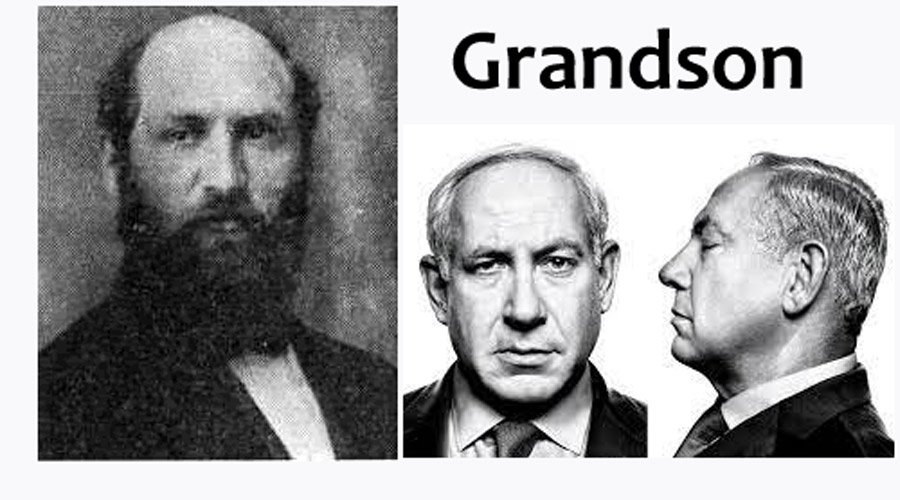
The Pseudonym That Became a Surname
One of my favorite small ironies: the pseudonym Nathan used — “Netanyahu” — was a pen handle for articles but later became the family surname. It’s a neat example of how identity reconfigures itself: a writer’s alternate byline turns into the banner under which later generations march, for better or worse, through history and politics.
Cultural Footprint — the backstage pass
What I feel most drawn to is the texture: a Hebrew-speaking house in the late 19th century, a youth educated at Volozhin — classic yet restless — a midlife voyage to Palestine in 1920, and then a career directing schools and writing under a pen name that would outlive him. If Nathan’s life were a film, it would be intimate, close-framed, with long shots of study rooms and short bursts of public speech — the close-ups reserved for small domestic rebellions like insisting on Hebrew at supper.
Numbers, dates, and a simple family tree
Below is a compact view of descendants relevant to public life:
| Generation | Name(s) | Born / Note |
|---|---|---|
| Nathan Mileikowsky | 1879–1935 | subject |
| Children | Benzion (later Netanyahu), Elisha, +7 others | 9 children total |
| Grandchildren (via Benzion) | Benjamin, Yonatan, Iddo Netanyahu | Benjamin — later national leader; Yonatan — military command |
| Grandchildren (via Elisha) | Nathan Netanyahu | academic |
| Great-grandchildren | Yair Netanyahu, Noa Netanyahu-Roth | Benjamin’s children |
I often imagine Nathan reading aloud to his children while the world outside spun toward wars, migrations, renaissances — and the Hebrew he cultivated at home began to do the same, growing from kitchen language into public vocabulary.
FAQ
Who was Nathan Mileikowsky?
Nathan Mileikowsky was a rabbi, educator, writer, and Zionist activist born 15 August 1879 who helped normalize Hebrew speech in his family and community.
When and where was he born and when did he die?
He was born in Kreva on 15 August 1879 and died in Jerusalem on 4 February 1935.
What was his role in education?
After immigrating to Palestine in 1920, he served as director of a school in Rosh Pina and remained active as a writer and community leader.
Why is the name “Netanyahu” associated with him?
He published some articles under the pseudonym “Netanyahu,” a name later adopted by his son Benzion and carried forward by descendants.
How many children did he have?
He and his wife Sarah Lurie had nine children.
Where is he buried?
He is buried in the Mount of Olives Cemetery in Jerusalem.
Are any of his descendants well-known?
Yes — among his grandchildren are Benjamin Netanyahu (a major political figure), Yonatan Netanyahu (a noted military officer), and Iddo Netanyahu (physician and author); his family has several members in academic and public life.
What caused his death?
He died of diphtheria at the age of 55.
